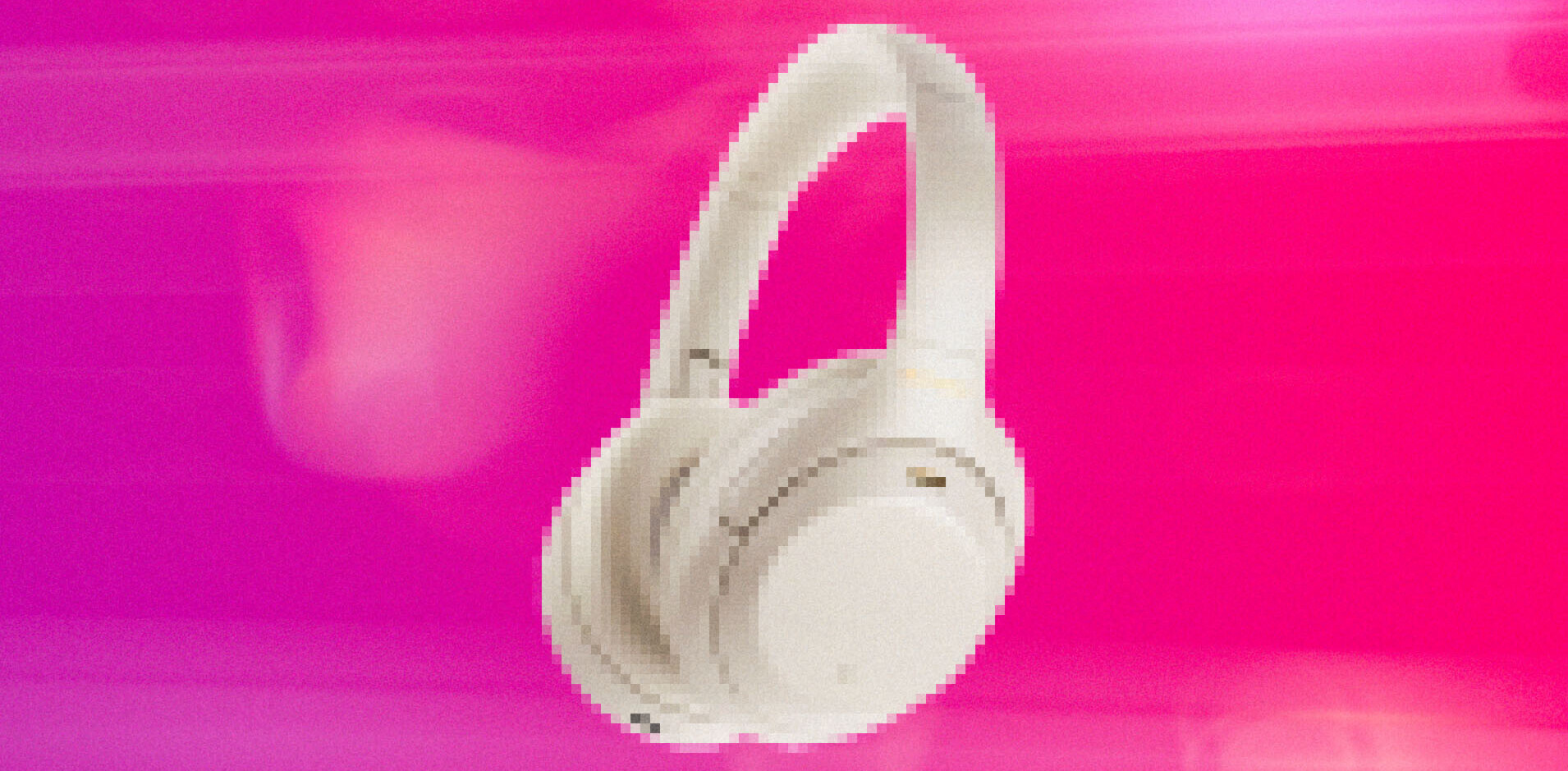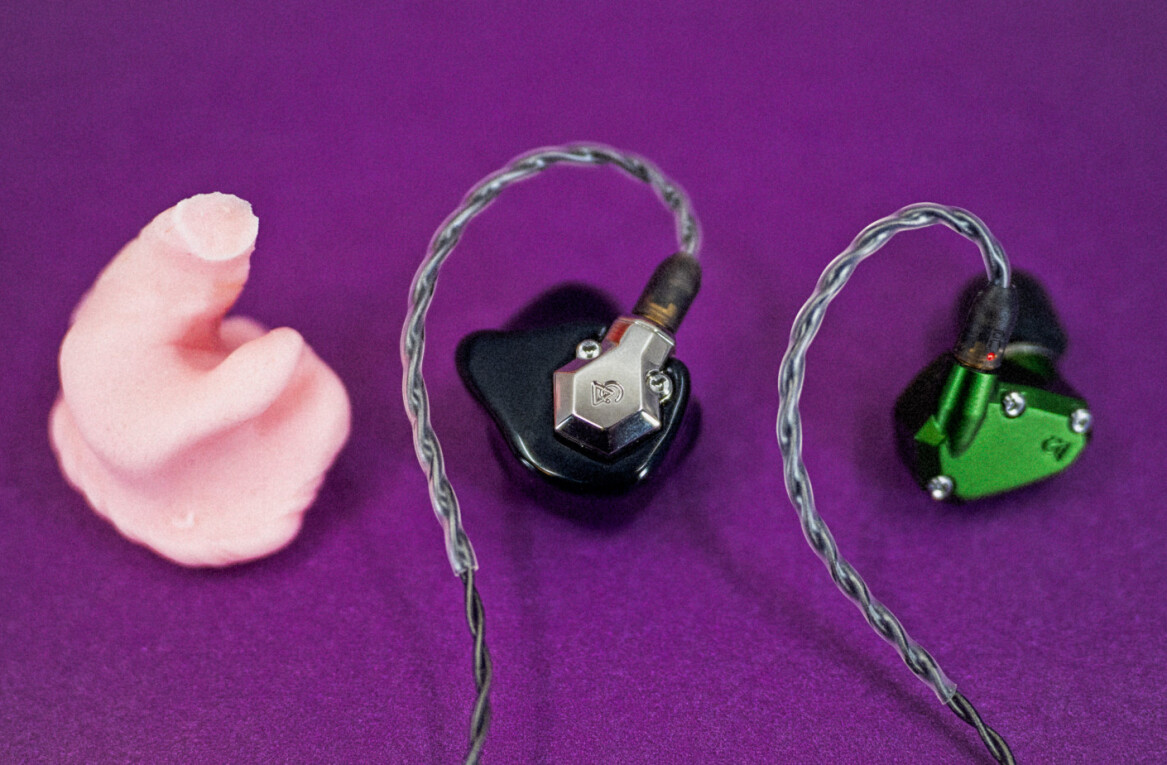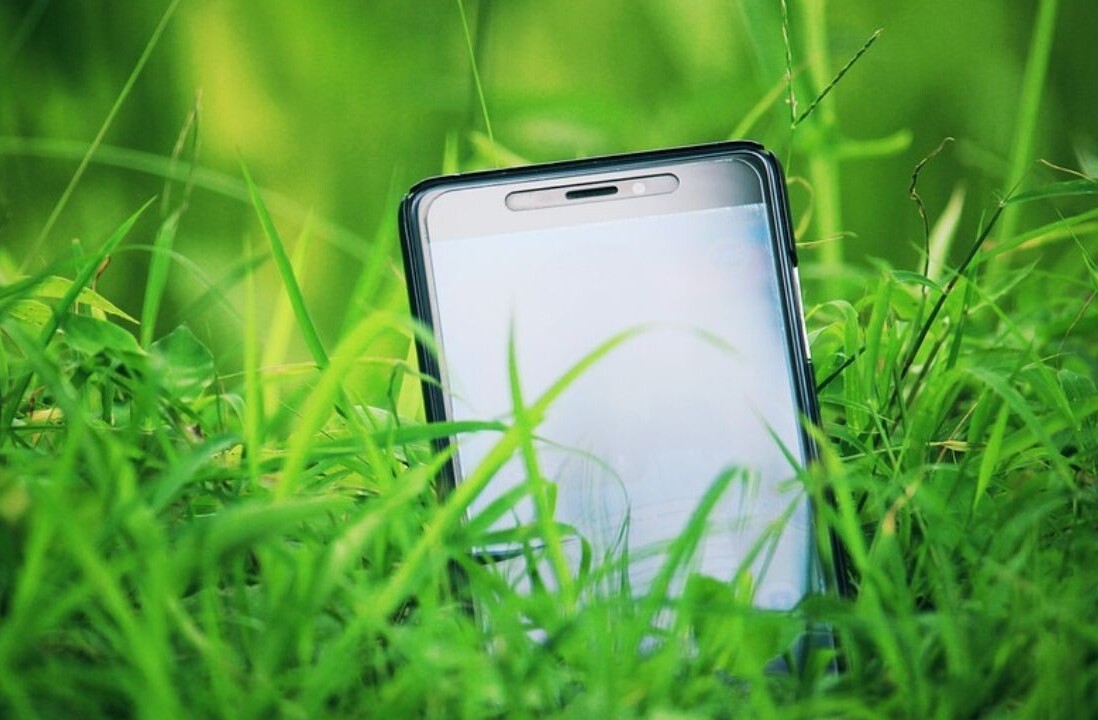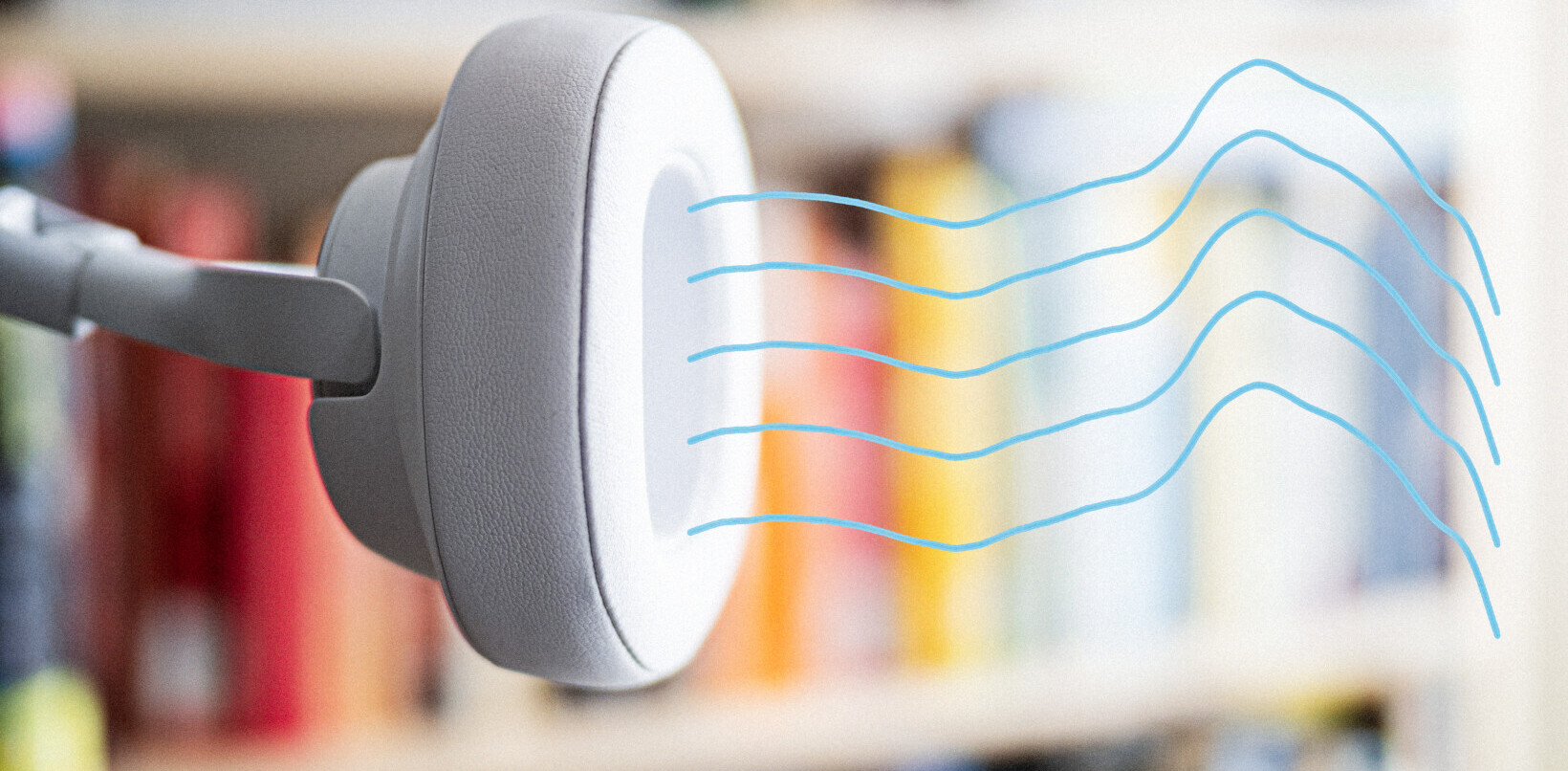
Every few decades, speakers get a little more immersive thanks to advancements in sound processing technologies and cheaper access to surround sound components.
But what if you could literally turn all the walls in your home into one giant speaker?
That might just be possible in the coming years. Researchers at MIT have developed a new type of paper-thin loudspeaker that is lightweight and durable enough to attach to all sorts of surfaces.
All that sounds neat, but fanciful technologies don’t mean much if they’re too complicated and expensive to commercialize. But this newfangled speaker promises the opposite: MIT News says the speaker-paper can be built with a three-step process that’s seemingly simpler than traditional speakers.
It’s worth noting here that this thin speaker business isn’t totally new. Planar magnetic and electrostatic drivers also rely on thin and flat vibrating material, leading to unusually slim speaker designs.
But even the material described in the MIT paper isn’t unheard of: the speakers use polyvinylidene fluoride film (PVDF), which has piezoelectric properties and has been used for speakers since at least the 70s.
Traditionally, PVDF speakers have faced numerous design challenges that prevented their commercial viability, including problematic durability and limited frequency response. They also required a sturdy supporting structure, and ultimately didn’t offer much of an advantage over traditional drivers.
MIT’s primary innovation here appears to be in reinforcing the material by reshaping it. A perforated layer of PET plastic is applied to the sheet of PVDF, which when treated with heat in a vacuum causes the PVDF to squeeze through the perforations, creating myriad tiny domes.

It’s kind of like super-tiny bubble wrap that can produce more than just a popping sound.
Rather than simply vibrating the entire sheet of PVDF material in unison, it’s the domes that do the vibrating. Meanwhile, the PET layers surrounding the domes add the requisite structural integrity for the material to be able to bend and be attached to surfaces without hampering sound reproduction.
Manufacturers can then tweak the acoustic properties of the material by resizing and rearranging the domes, leading to all sorts of interesting applications. The domes could be arranged to focus sound to specific locations in a room, to be used in ultrasound imaging, or even to “provide a novel method of stirring chemicals.” Sure, why not.
Circling back to this article’s lede, the weight and flexibility of the material also mean it could be used like wallpaper. Aside from the immersive implications of such a design, the ability to cover large areas and precisely shape sound means you could theoretically turn your walls into noise-canceling surfaces, functioning much like noise-canceling headphones to prevent outside noises from filtering into your home.
This idea works with regular speakers too, but limitations in positioning make it essentially impossible in any practical sense.
But enough talking — take a listen for yourself.
Okay, so that doesn’t sound great. But I mean, when have you heard anything the size of a Post-It note make a sound at all?
The fact that it’s able to produce audible sound in such a form factor at all is pretty remarkable, especially given the design seems rather efficient. A square meter of speaker material uses about a tenth (100 milliwatts) of the electricity as an “average home speaker” (1 watt) for similar decibel output.
Granted, most home speakers don’t have a square meter’s worth of radiating surfaces – all else being equal, the larger the radiating surface, the more efficient the speaker – but such speakers would be so large as to be impractical. The compelling part of the PVDF speakers is that you could line your home — or the interiors of cars and performance venues — with the material without occupying virtually any space.
If the technology pans out in commercial use, I can see it being a godsend for mobile devices. It is fundamentally difficult to fit large traditional drivers onto laptops and phones. The drivers and their associated magnets simply take up too much space (not to mention the added weight). The PVDF speakers, on the other hand, could occupy the entire surface area of your phone or laptop without adding much to the overall volume or power demands.
The researchers will have a lot to prove before these PVDF speakers hit the market. For one, they’ll likely struggle to reproduce bass in large quantities, and it remains to be seen how cost-efficient the design will become, compared to tried-and-trusted driver designs.
Still, I think it’s one of the coolest innovations in the world of speakers for some time. I’d like to imagine a world where speakers can be easily and invisibly integrated into our homes, rather than trying to find the perfect location to stick massive wooden boxes. Here’s hoping I’ll be able to get some wallpaper speakers at Home Depot in the years to come.
Get the TNW newsletter
Get the most important tech news in your inbox each week.





